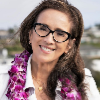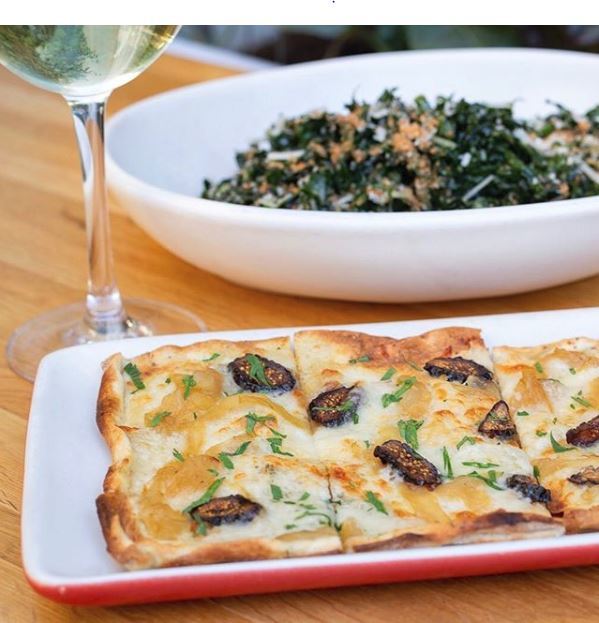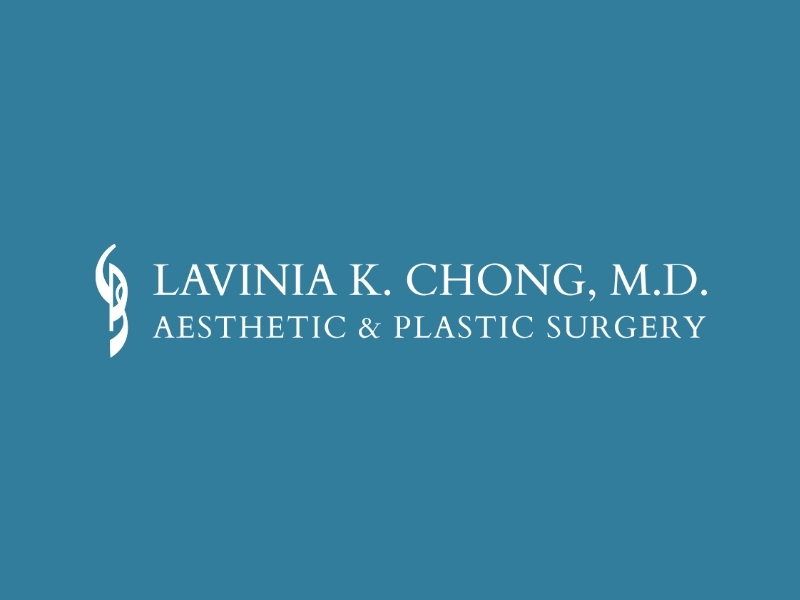 I have the good fortune to enjoy the patronage of several families in which multiple generations are represented. Aesthetic surgery is like any other service industry. Consumers or patients must perceive there is a need to change something. Cosmetic providers must be excellent listeners to select patients, screening their prior medical/surgical history, assessing their motivations as well as their particular anatomical features. Perforce, we must also be accomplished communicators, able to distill the technical aspects into laymen’s terms. The necessary and sufficient conditions for the patient/physician rapport include information, trust and resources. If a deficiency exists, procedures just don’t happen.
I have the good fortune to enjoy the patronage of several families in which multiple generations are represented. Aesthetic surgery is like any other service industry. Consumers or patients must perceive there is a need to change something. Cosmetic providers must be excellent listeners to select patients, screening their prior medical/surgical history, assessing their motivations as well as their particular anatomical features. Perforce, we must also be accomplished communicators, able to distill the technical aspects into laymen’s terms. The necessary and sufficient conditions for the patient/physician rapport include information, trust and resources. If a deficiency exists, procedures just don’t happen.
You may ask which relative comes in first, mother or daughter? In my practice, the average female age is 30, hence it’s the daughters who present first, do the research, often pouring over websites such as Yelp, Google +, RealSelf and other reputation sites. It’s accepted that the Internet has surpassed local sources as the most significant first contact, however an inquiry must be converted to a consult and this devolves on the telephone skills of my staff. Not infrequently, mothers will accompany their daughters to the consults, keeping a vigilant eye and joining the conversation. Sometimes the train of thought gets hectic but the wealth of information is worth the extra concentration. I endeavor to answer all questions in a detailed fashion, maintaining the focus on the patient but also acknowledging the support person. I don’t lose sight of the fact that a parent is naturally cynical and protective at the prospect of entrusting her child to a virtual stranger; this is a steep barrier to overcome.
Addressing a mother’s concerns may not be as difficult as you may imagine. I am also moving through this life. Sociological forces have engendered good surgical and nonsurgical “solutions”, each of which may be acceptable to baby Boomers, who seek to reconcile their appearance with their inner life. In the wake of the 2008 downtown, many are still working and feel that unspoken agism may decrease their competitiveness. Another segment are just curious about the validity of the “Direct to Consumer” pharmaceutical marketing campaigns, with which they are barraged daily. As a private practitioner, I rely on my basic science training to analyze antiaging concepts and apply the basic criteria that unless I would accept it, I wouldn’t offer it. As I have matured, I am no longer concerned to be an early adopter, preferring to offer my patients advanced techniques, which have been sufficiently studied. I am increasingly protective of my “peeps”.
I never assume too much: that older women need the “final exam” and can afford it, that all families become instant converts. Like any relationship, a patient hopes to have great outcomes, support and patience. I revel in learning from my patient’s experience, vicariously celebrate their triumphs and earnestly devise strategies, based on the information at hand. My practice has become a medical home, to which my patients may apply, for information, referrals and continuity. I have been privileged to attend weddings, birthdays and the occasional funeral. Being known as a patient’s “doc” has been one of my most cherished states.



